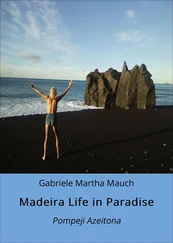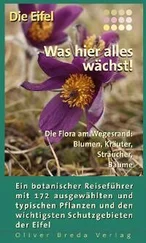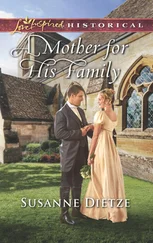The detailed register lists the botanical denomination and the common English names of the plants. In public parks and gardens, many plants are labelled with the botanical denomination; thus it will not be difficult to find already identified plants in the book.
9

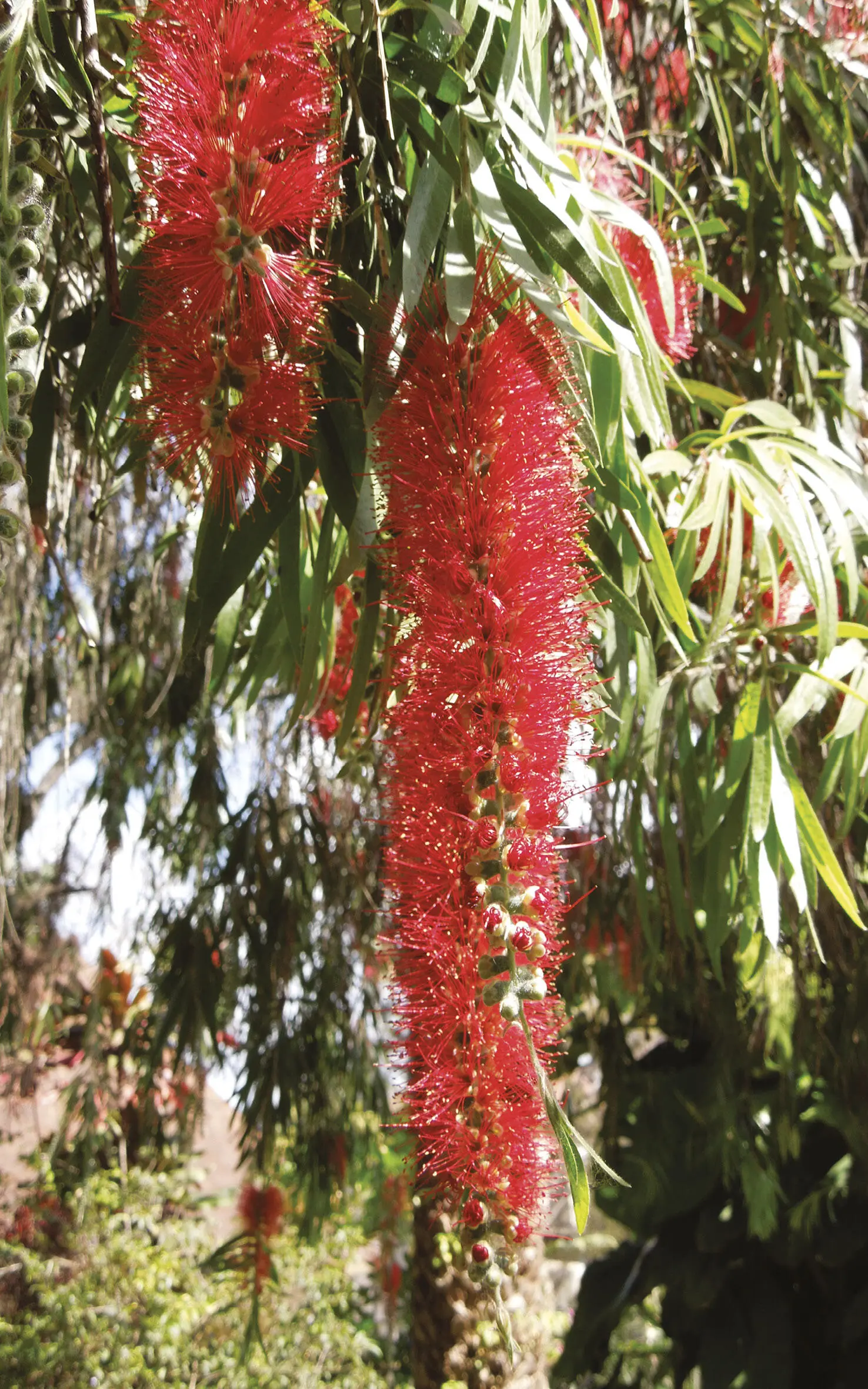

In the Gardens
Madeira’s cognomen “Flower Island” is due to the tropical and subtropical flora that thrives in the gardens and parks and decorates avenues, roadsides and promenades. The cultivated plants were imported from all over the world and impress either with their outstanding flowers or with their conspicuous shape. The less spectacular endemic flora is only scarcely represented in the gardens. Exceptions prove the rule (e. g. the decorative dragon tree, the sumptuous endemic viper’s buglosses, Canary marguerites and Madeira stork’s bills). In the 16th century, Portuguese seafarers began to introduce plants from Africa, Asia and South America to Madeira that had been unknown in Europe until then. They intended to adapt the delicate, tropical species gradually to a chillier climate so that later they would be able to cultivate them outside in Portugal, e.g. in the royal gardens of Lisbon and Sintra. This aim was never achieved because many tropical plants do not tolerate temperatures of only several degrees above zero or lower. Anyway, Madeira’s flora was enriched. In the 18th and 19th century British wine merchants mostly impressed the island, both economically and culturally. They also imported numerous exotic plants. They used to construct villas at more dizzy altitudes of 500-700 m (550-765 yd.) where the climate
is less sultry than in the coastal areas and vied with each other to collect botanical rarities from all continents. They introduced mostly subtropical plants from South Africa, Australia, New Zealand and Japan to Madeira and sometimes from there to England. Many trees and shrubs originate in the more moderate climate zones of North America and thrive in gardens at higher altitudes.
Today both public authorities and private people continue the traditional garden culture. Every roadside and every traffic island is carefully planted with Oleander, Sword Aloe, Agapanthus and Hydrangea. All plants flower at different times of the year. Thus the visitor always feels like being “on a swimming garden in the middle of the Atlantic”. Every garden, whether big or small, is well tended by its owner. The most beautiful plantings are valued with prices and honours in all villages. Many ornamental plants that are also known in Central and West Europe nowadays, are decorating kitchen gardens (e.g. fuchsias, freesias, geraniums and petunias). A multitude of gardeners is continually working for the care and the (re)planting of plants in the big parks that are open to the public. Mostly at these sites people fond of botany will find magnificent trees, shrubs and flowering plants from tropical and subtropical countries.
11


In the Gardens
Australian Tree Fern,
Cooper’s Tree Fern
Sphaeropteris cooperi
Bloom time
None
Characteristics
The giant fern produces a thin trunk that grows up to 9 m (10 yd.) tall and thus reminds of a palm tree. The fronds branch from the top of the trunk; they are remarkably longer than 1 m (3,3‘) and bipinnate. You will easily observe scars on the trunk’s bark; they derive from elder fronds that have already fallen off.
Site:
Cooper’s Tree Fern is cultivated in moist regions up to an altitude of 800 m (875 yd.). It is frequently found in shady ravines as in the “Inferno” in Palheiro Gardens. Some remarkable specimens can also be found in the region of Ribeiro Frio, along the Levada da Serra superior to Camacha and on the central square of Camacha.
Interesting to know:
Cooper’s Tree Fern is native to Australia. Nowadays it has spread worldwide through tropical and subtropical regions because of its highly decorating character. Although you only find slight variations there are known about 900 species of tree ferns. They grow in mountain forests mainly on the southern hemisphere. To grow well they require a stable climate with a constantly high humidity and without frost. The trunks do no consist of wood; they are tubes that are supported by the surrounding stalks and aerial roots.
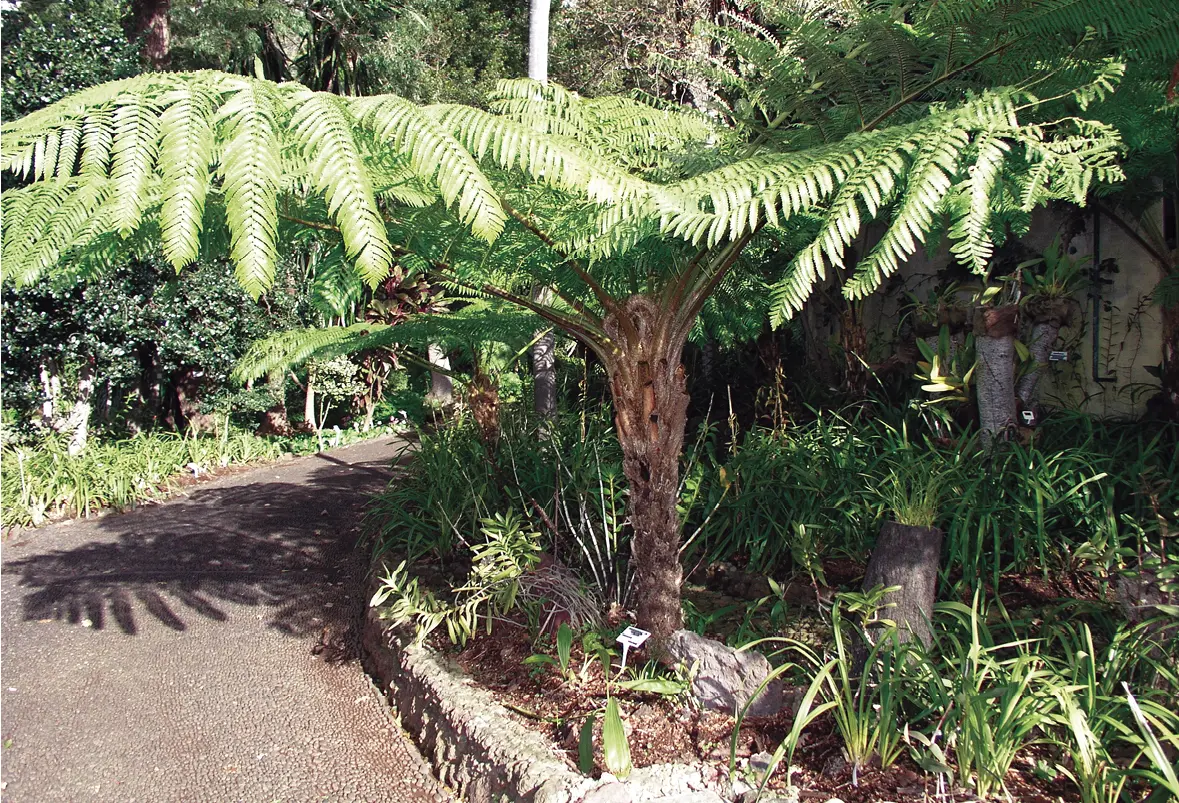
12


In the Gardens
King Sago Palm
Cycas revoluta
Bloom time
All year round.
Characteristics
The King Sago Palm looks like a crossbreed between a fern and a palm but only grows up to 3 m (10‘) tall. The trunk is sturdy and scaly. The fronds reach a length of about 2 m (6,6‘). In the centre of the crown are growing the plant’s brown blooms: female specimens develop a woolly hemisphere, males a cone.
Site:
On Madeira you will find the King Sago Palm in various gardens, mainly in regions at an altitude of 300-600 m (330-655 yd.). An impressing collection of Cycas, including a variety of other species than the King Sago Palm, is to be found in the Jardim Tropical Monte Palace( 192).
Interesting to know:
Cycas are very old representatives of flowering plants. They already existed in the days of the dinosaurs, approx. 200 million years ago and thus are frequently referred to as “living fossils”. Today the majority of the 185 known species is threatened with extinction. The King Sago Palm, native to South-East Asia, is especially resistant and can even be grown in Mediterranean regions. Younger specimens are popular as houseplants. All Cycas are toxic. The seed of the King Sago Palm only becomes edible by roasting or drying it.
13
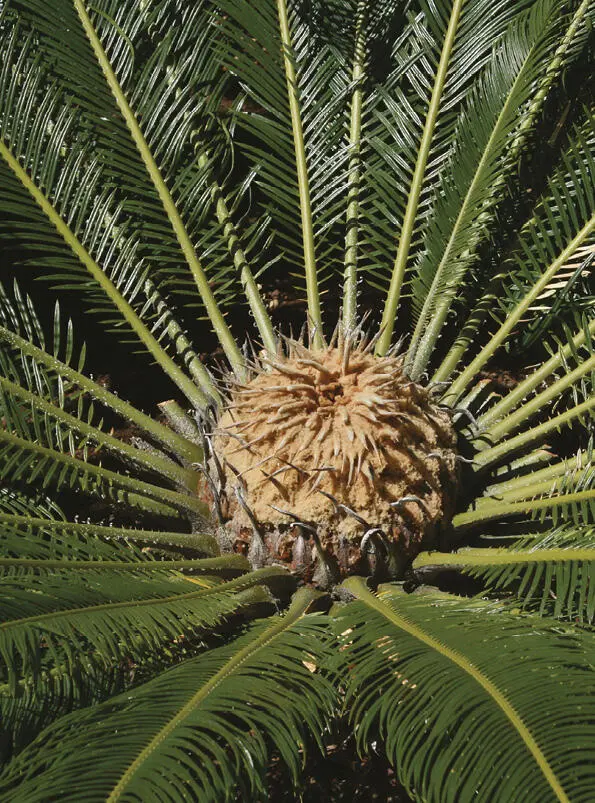
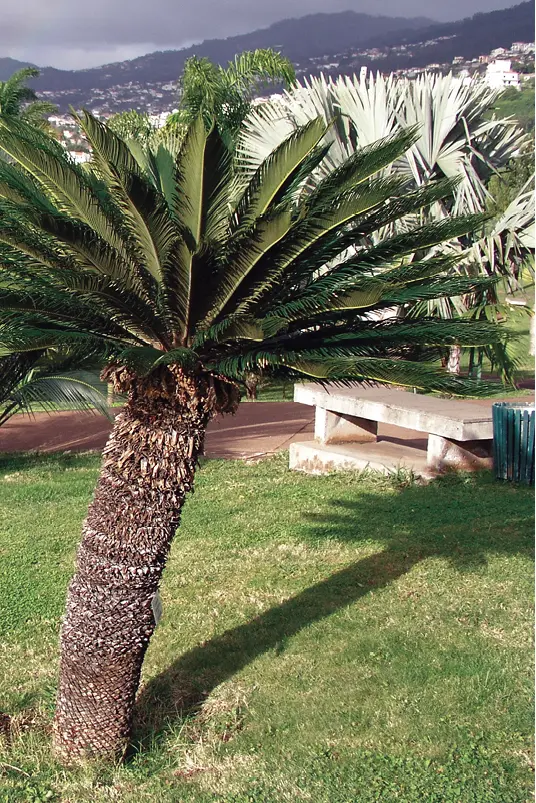


Norfolk Island Pine (middle-left)
Читать дальше














